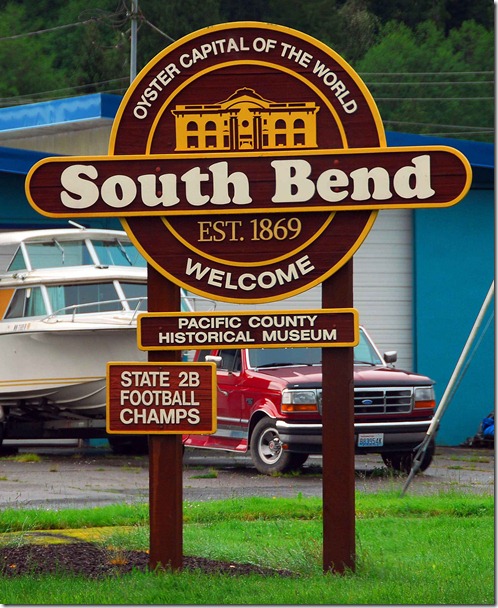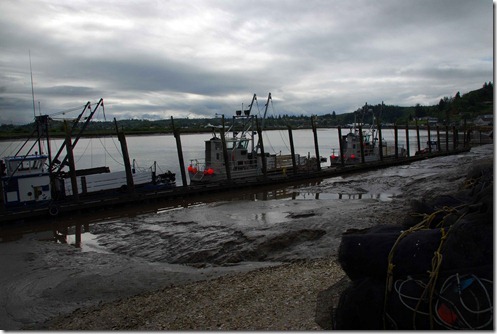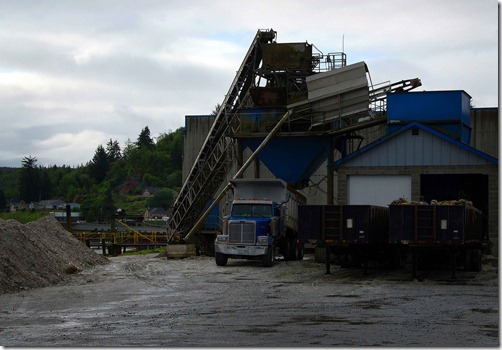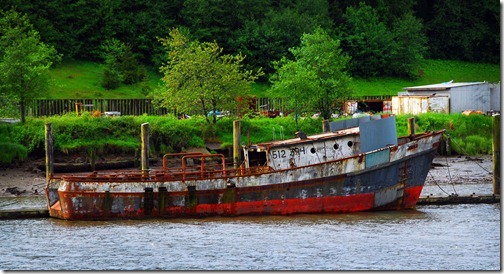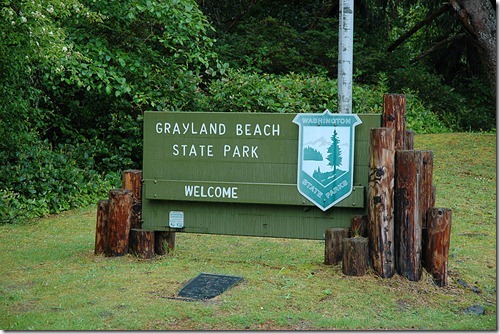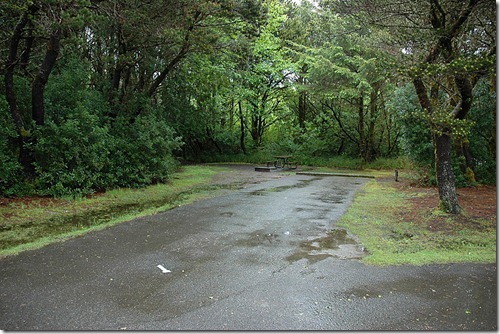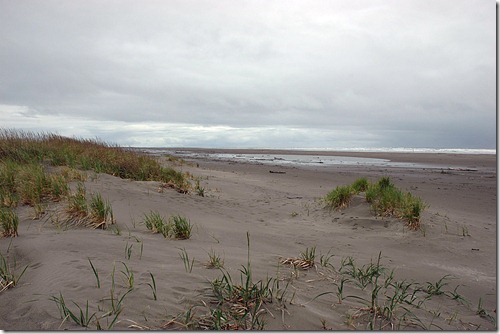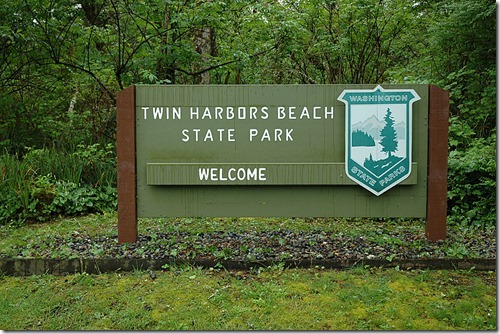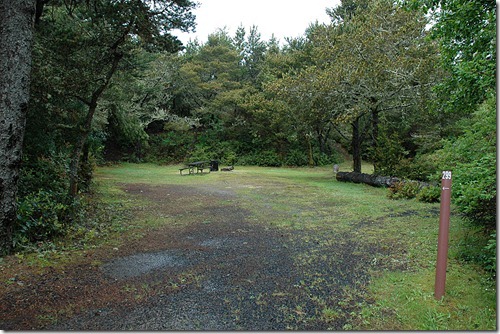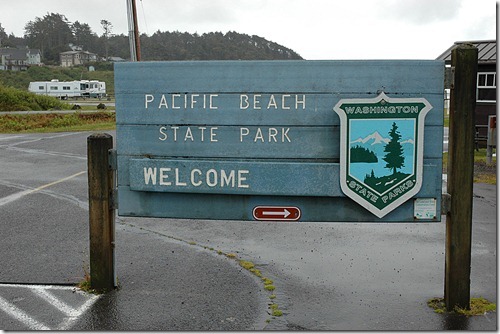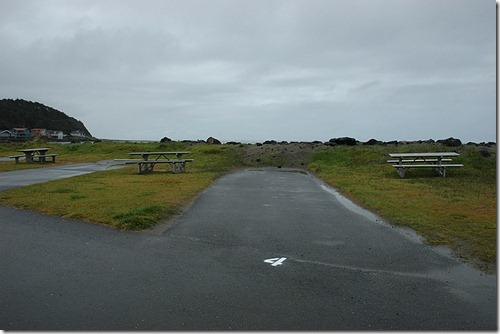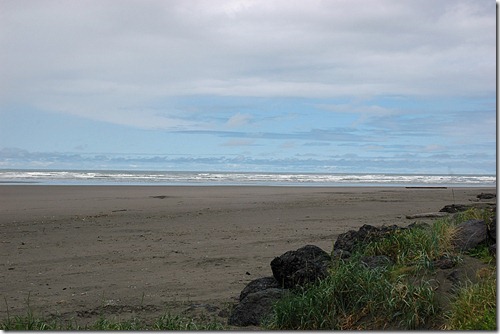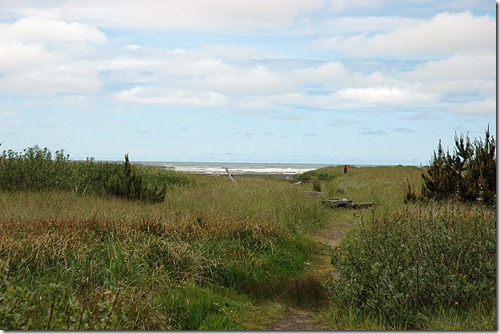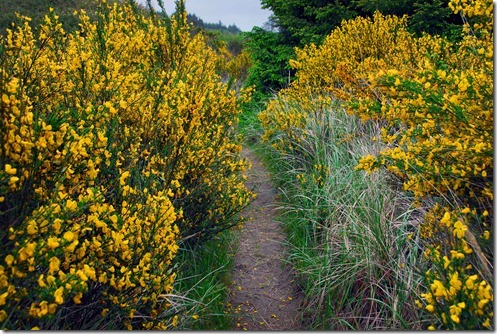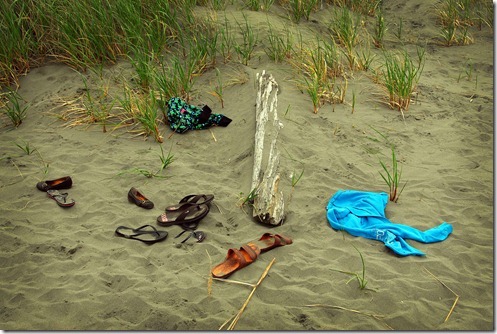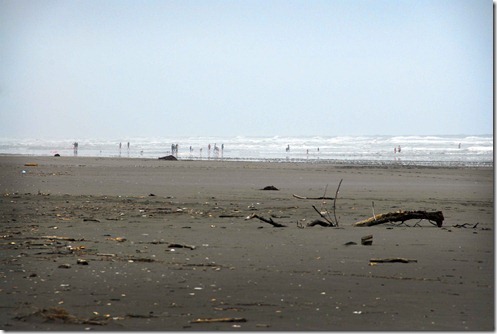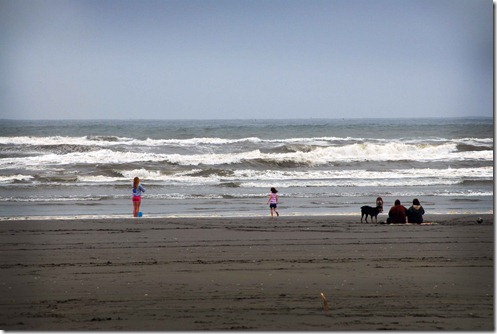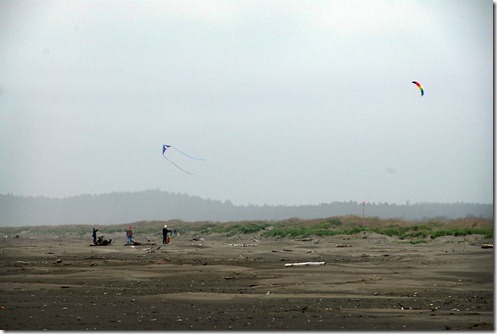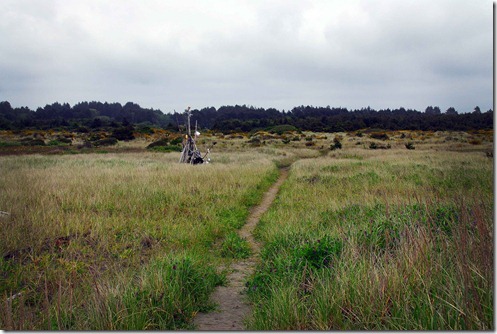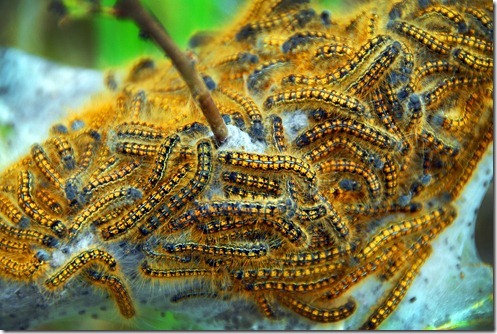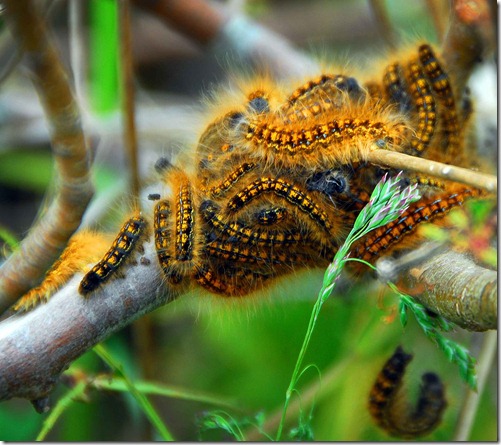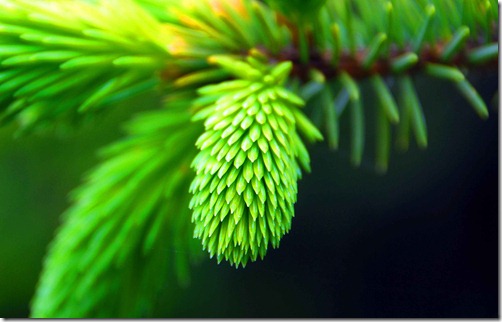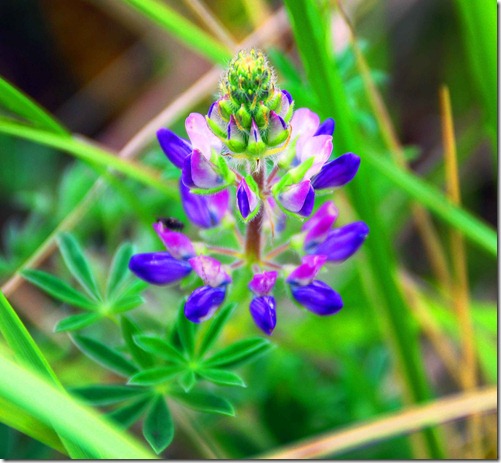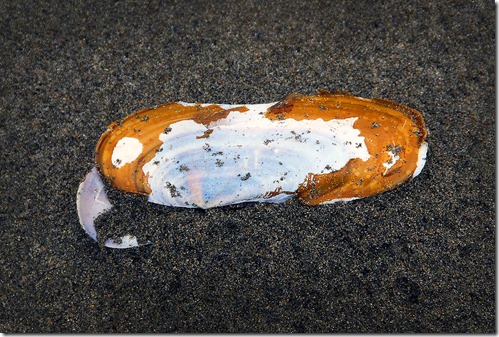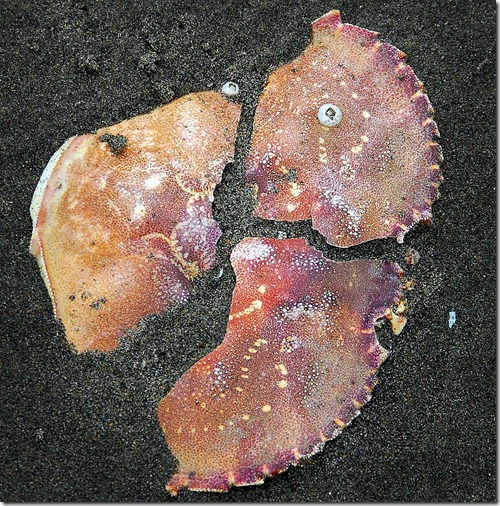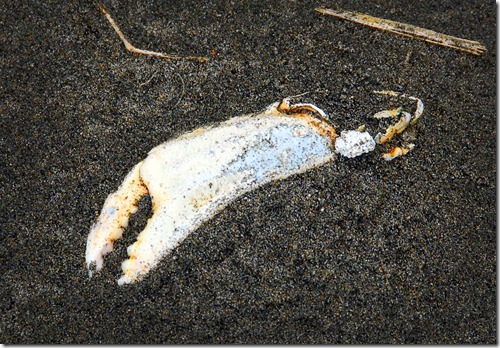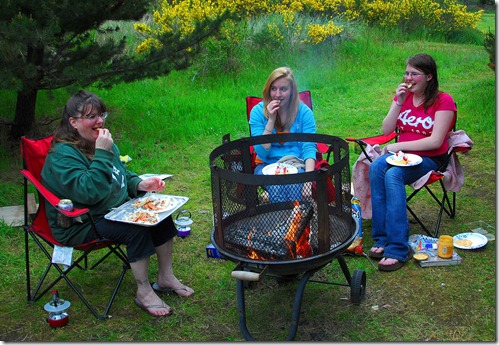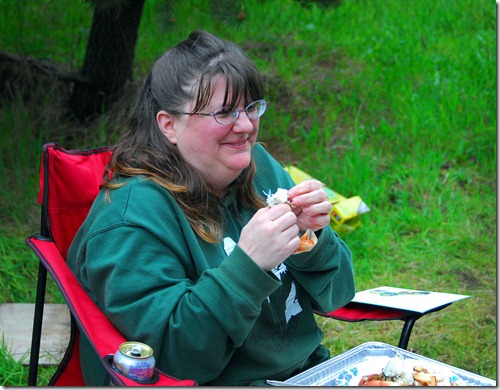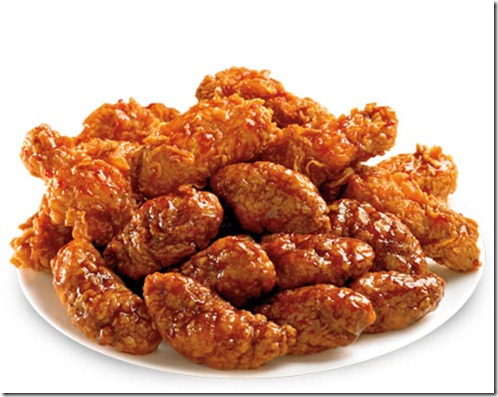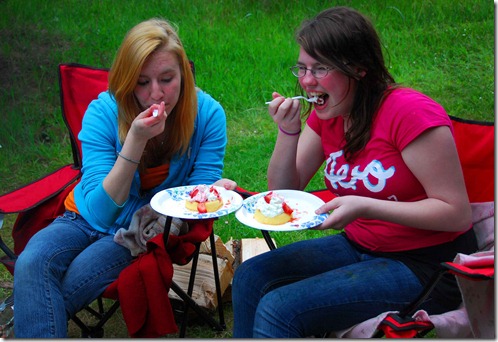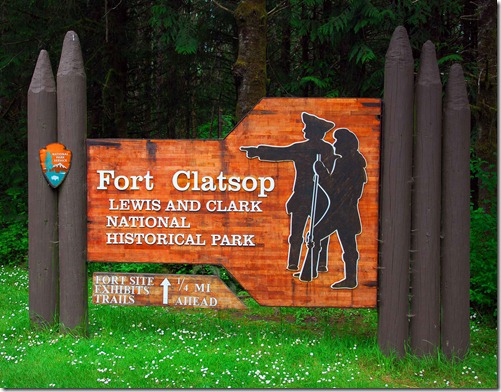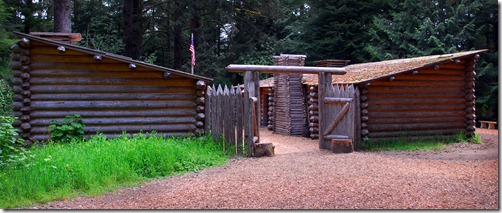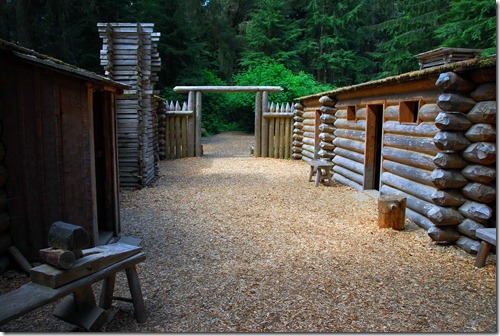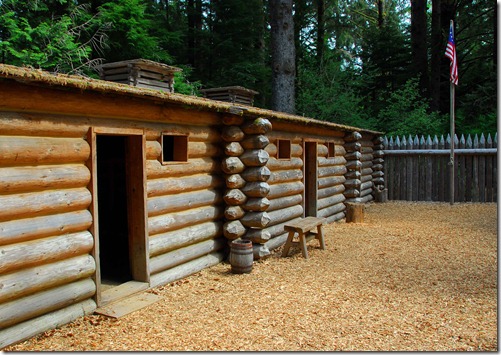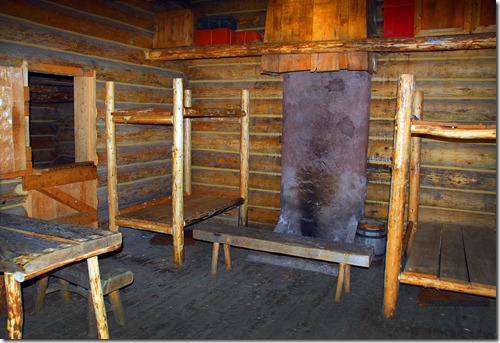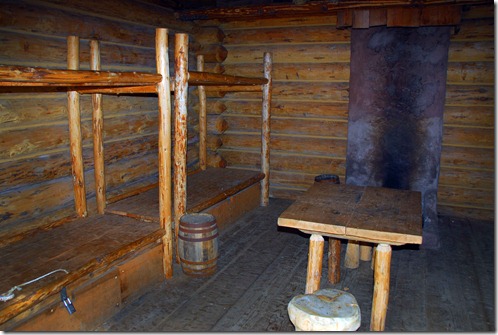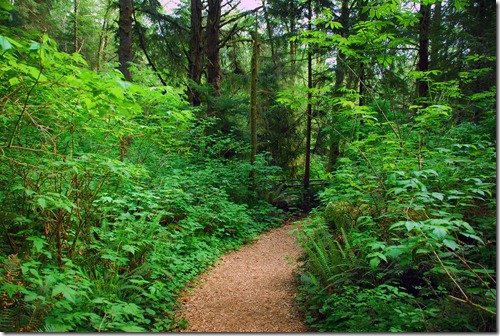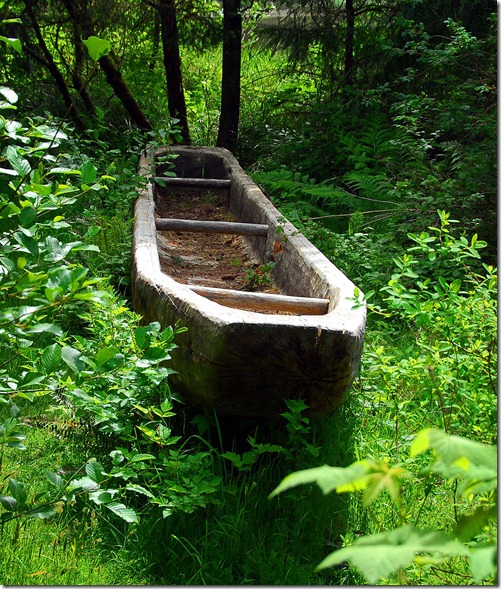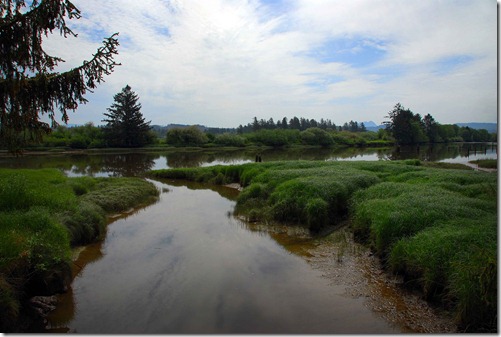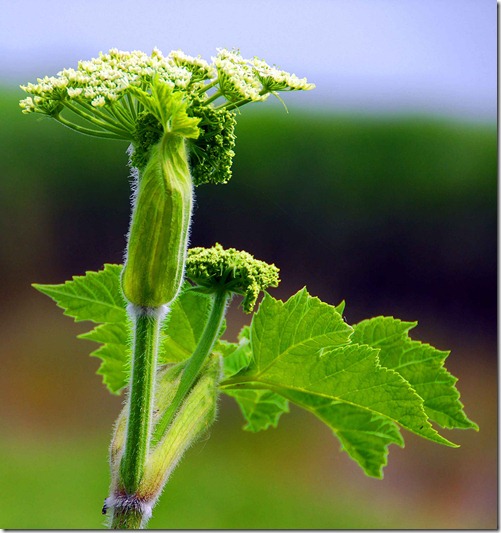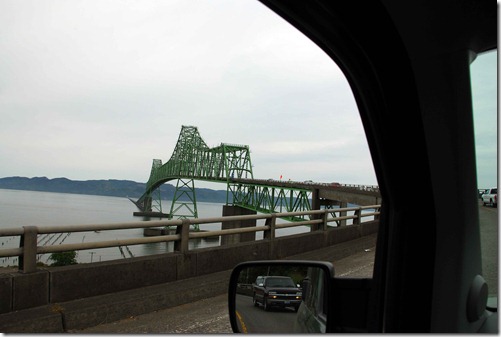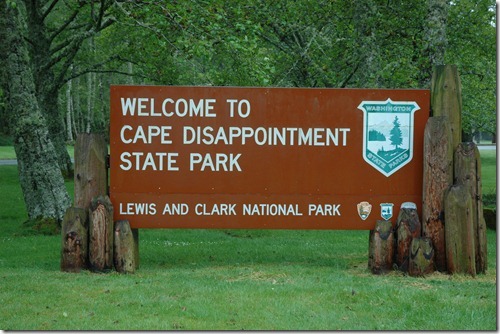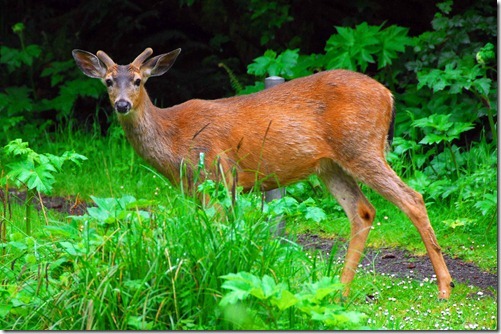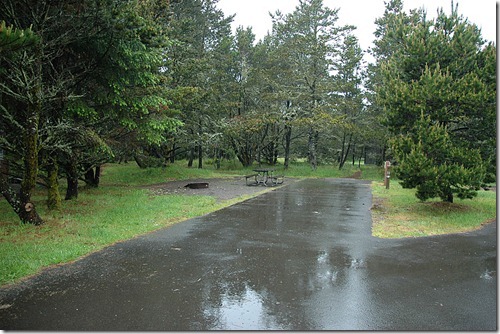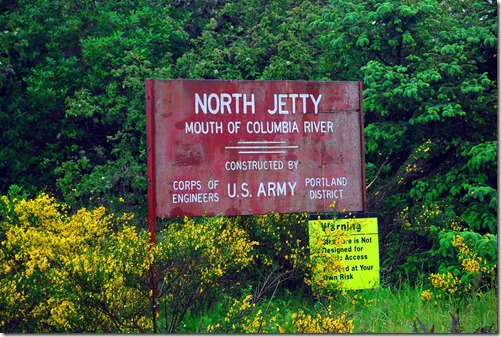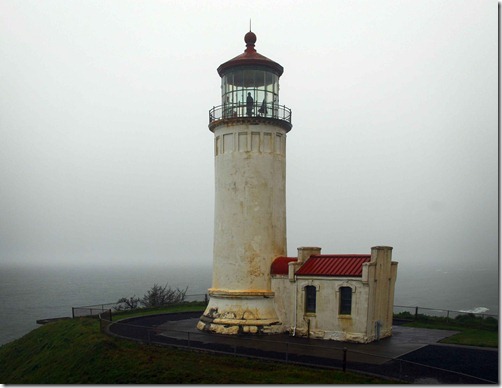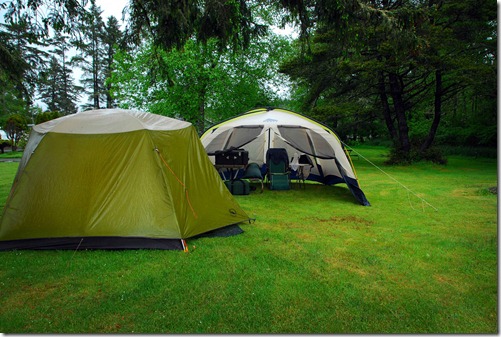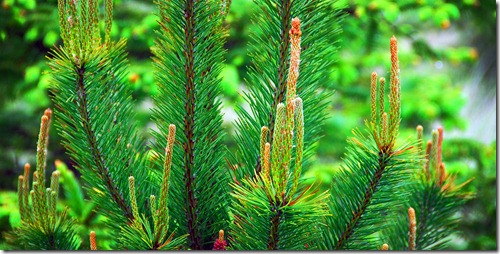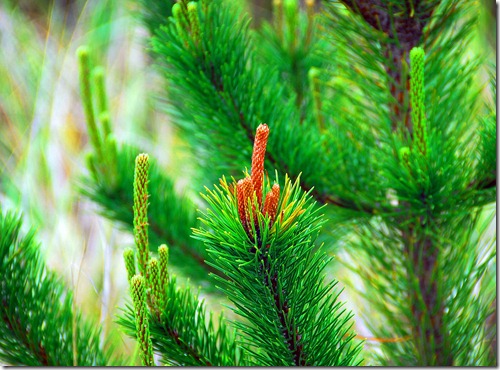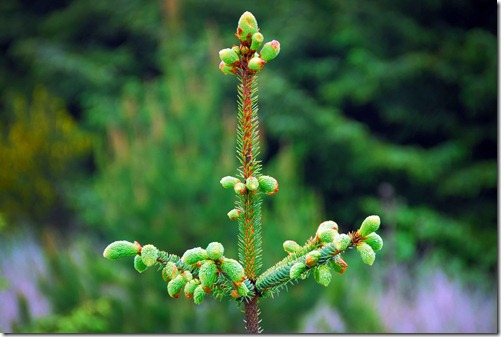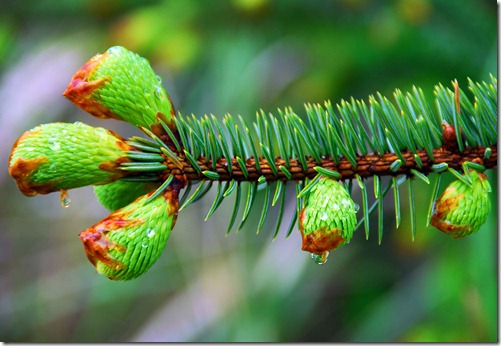I left Long Beach, WA on Wednesday enroute to Ocean City, WA. Passed through a town called South Bend which bills itself as the Oyster Capital of the World.
These are what oyster boats look like in case you did not know.
One method of harvesting oysters is to put the spat (or seed) into racks, bags, or cages (or they may be glued in threes to vertical ropes) which are held above the bottom. Oysters cultivated in this manner may be harvested by lifting the bags or racks to the surface and removing mature oysters, or simply retrieving the larger oysters when the enclosure is exposed at low tide. Sometimes the bags contain surprises.
Looks like they caught a head in that haul.
Then they oysters go up a conveyor belt for processing. Or maybe they come down. I do not know.
Many people think that the bravest person in the world was the first one to eat an oyster. Imagine, after finally getting one open, looking inside at all that goop, and then deciding to eat it. If you too would like to harvest oysters, I found an excellent deal on a boat. They say it just needs a little bit of work.
My first stop was at Grayland Beach State Park.
Grayland Beach State Park is a 412-acre, year-round, marine camping park with 7,449 feet of spectacular ocean frontage, just south of the town of Grayland. The park attracts kite flyers, kite-flying observers and those who just like a pleasant day at the beach.
Next up was Twin Harbors State Park.
Twin Harbors Beach State Park is a 172-acre camping park on the Pacific coast, four miles south of Westhaven. The area allows opportunities for nature study and seaside activity along the ocean shore, and the chance to lie in the sand and soak up the sun (if it ever actually shows up) in one of the most beautiful places on Earth.
Then Pacific Beach State Park.
That odd blue color in the sky brought momentary hope for sunshine…but no, it didn’t happen.
Pacific Beach State Park is a 10-acre camping park with 2,300 feet of ocean shoreline. The beach provides a variety of wonders, from dramatic surf to beachcombing.
Finally, I stopped at Ocean City State Park.
Ocean City State Park is a year-round, 170-acre camping park, featuring ocean beach, dunes and dense thickets of shore pine. Migratory birds may be viewed at the park, and beachcombing is a popular activity.
I visited the first two parks on Wednesday and the latter two on Thursday. Friday was a beautiful sunny day! The first one in a week or so. I set my lounge chair out in the sun, grabbed my ereader, and enjoyed the balmy weather. It sprinkled again over the weekend, but as I write this on Memorial Day, there are periods of sunshine.
Anyway, here is my setup in Ocean City, WA. I have been putting up the screen house at every stop for a while now.
I walked down to the beach on Saturday.
There was no one there, just an abandoned pile of clothes. Reminded me of the movie Jaws.
Just kidding, there were some people playing with dogs and kites.
I noticed something interesting on the walk back.
Strangest looking tree I have ever seen. Here are some things I saw on the way back from the beach.
Caterpillars. In the second photo you can see one of them falling…
Some flower and tree pictures.
I mentioned razor clams a while ago. This is what their shells look like.
Speaking of shells, here are some crab pieces.
I have never eaten crab, but then again, I have never eaten cockroaches either. This is where the God of Irony laughs. My camping neighbors offered up some food, asking if I was hungry. Yep, my first shot at crab.
It tastes like chicken I was told. Well, why not just buy chicken?
I ate a couple of small pieces. Meanwhile, the girls were having fun with their home made pie things.
Aren’t campers just the coolest people?
I leave Ocean City on Tuesday for almost two weeks of camping in Olympic National Park. I enter as a man and exit as…an older man? During my stay in that rainforest I will turn 50. June 8 specifically. Yikes!
To mark this auspicious event and to help me purchase a new pair of hiking sandals, you are welcome to make a gift of a buck or two into my PayPal account. It’s wgwood@gmail.com. Thank you and good night.
Regards,
Greg
